Nikon Zf: The Perfect Fusion of Retro Charm and Cutting-Edge Tech
Nikons new Zf camera offers a blend of retro style and advanced technology, including a 24.5MP sensor, 4K video, and AI autofocus. It combines manual controls with modern features.
Nikon has introduced its latest full-frame camera, the Zf, boasting a 24.5-megapixel sensor and a retro design infused with technology inspired by the company's esteemed Z8 and Z9 models. This camera combines vintage aesthetics with cutting-edge features, including an improved sensor and processor, offering users an array of powerful capabilities such as a maximum shooting speed of 14 frames per second, advanced AI autofocus, and impressive 4K video recording at 60 frames per second.
The Zf's design places a significant emphasis on manual controls, featuring five dials on the top panel to manage shooting modes, video/photo/B&W settings, aperture, shutter speed, and exposure compensation. Additionally, it sports front and back shooting dials, a D-pad style controller, and a nostalgic chrome-plated shutter release button. The grip is a minimalistic ridge, staying true to the classic Nikon film camera aesthetic.
Despite its compact magnesium-alloy body, the Zf weighs in at 710 grams, slightly heftier than Sony's A7 IV at 659 grams. However, Nikon assures users of its high dust- and drip-resistance, making it suitable for various shooting environments.
The camera features a high-resolution 2.1-million-dot vari-angle touchscreen display that fully articulates, making it ideal for vlogging and taking selfies. This display supports touch functions for controls and focus point selection. For astrophotographers, the Zf introduces a "Starlight view mode" that enhances display brightness in low-light conditions. Moreover, the OLED viewfinder boasts an impressive 3.68-million-dot resolution and 0.8 times magnification.
In terms of storage, the Zf offers two card slots, but with an important caveat. One slot supports high-speed UHS-II cards, while the other accommodates UHS-I microSD cards—a unique combination in the market. However, the camera's battery life is relatively modest, providing only 380 shots per charge, compared to the Sony A7 IV's 580 shots. Additional features include a USB 3.2 Gen1 port with charging capabilities, microphone and headphone ports, and a micro HDMI connector.
Under the hood, the Zf packs a backside-illuminated (BSI) 24.5-megapixel sensor and the Expeed 7 processor borrowed from Nikon's high-end Z models. This combination provides autofocus capabilities akin to the Z8, featuring Nikon's 3-D tracking and AI-powered subject detection that can identify a wide range of subjects, from people and animals to vehicles and aircraft. Remarkably, it can even detect distant faces that occupy just 3 percent of the frame's longest side.
In terms of image quality, the Zf offers a standard ISO range of 100 to 64,000, ensuring excellent low-light performance. It includes a pixel shifting mode that enhances resolution to a staggering 96 megapixels for static scenes. Staying true to its retro styling, Nikon has integrated a dedicated black & white mode, complete with its own dial setting, providing multiple monochromatic options, from flat to high-contrast "Deep Tone Monochrome."
The Zf can achieve a rapid 11 frames per second shooting speed in RAW mode (or 14 frames per second with JPEGs) using the electronic shutter mode (Nikon does not specify mechanical shutter specs). It also offers a reduced-quality 30 frames per second JPEG-only mode with a pre-burst option to ensure you never miss a moment. The five-axis in-body stabilization (IBS) system, or vibration reduction as Nikon calls it, minimizes shake by up to 8 stops when used with compatible lenses. Notably, this stabilization can be linked to the focus point, providing improved stability compared to systems that only stabilize the center of the frame.
On the video front, the Zf can record full-frame 4K video at 30 frames per second from a supersampled 6K image, or 4K at 60 frames per second with a DX (1.5 times) crop. It also supports 1080p video at 120 frames per second. Video enthusiasts will appreciate the 10-bit H.265 recording, which delivers enhanced color fidelity and post-processing flexibility. However, it's worth noting that H.265 files require a robust computer for editing, potentially necessitating conversion to another format.
In summary, the Nikon Zf is a formidable camera that can compete with models like Panasonic's S5 II and Sony's A7 IV. What truly sets it apart is its unique blend of retro aesthetics and manual controls, catering to a specific segment of photographers. The Nikon Zf is set to hit the market in October 2023, priced competitively at $2,000 for the body only or $2,240 when bundled with the retro-styled Nikkor Z40 f/2.0 SE lens. For those interested in alternative color options, such as Indigo Blue, Sepia Brown, Bordeaux Red, Sunset Orange, Moss Green, or StoneGray, the body-only package is available at $2,100.
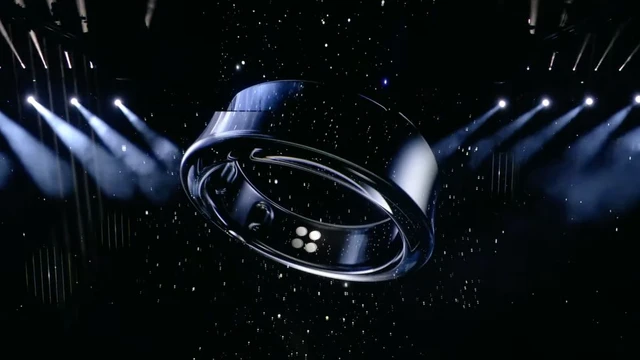


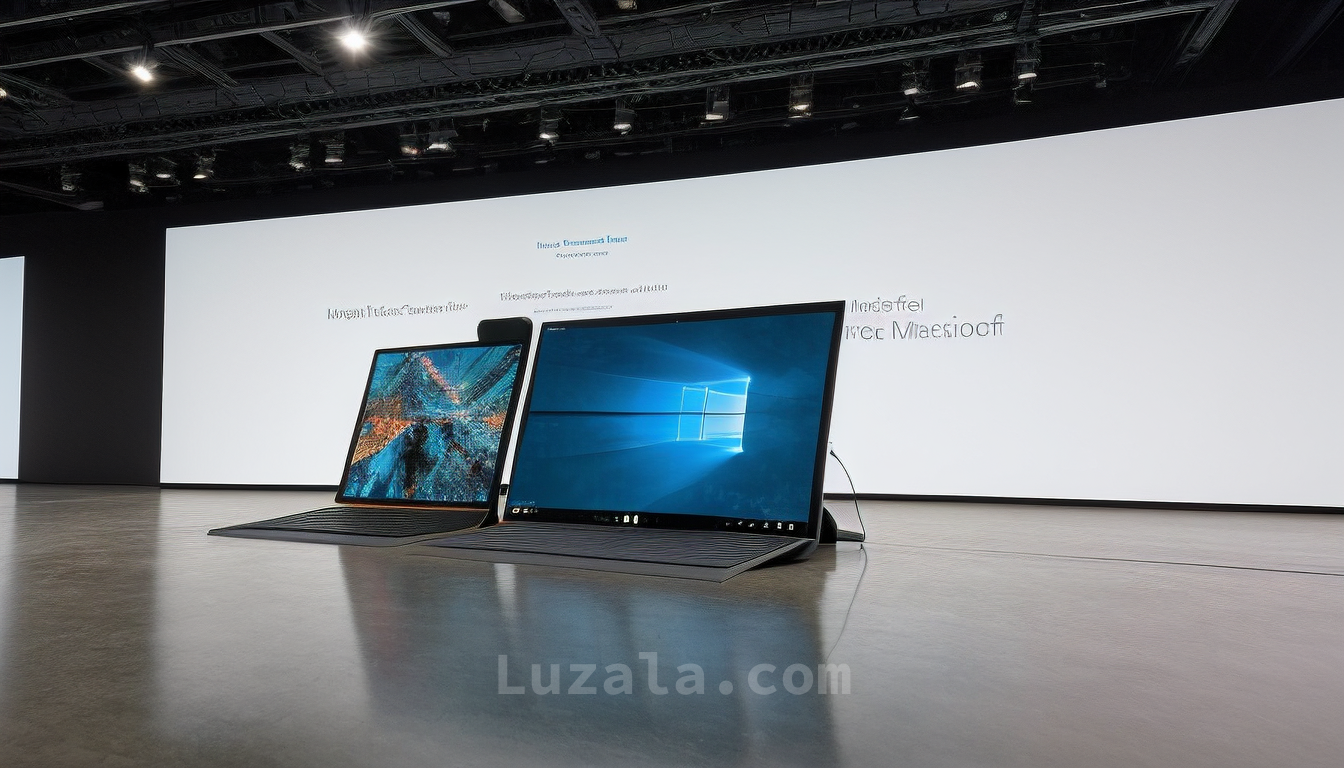
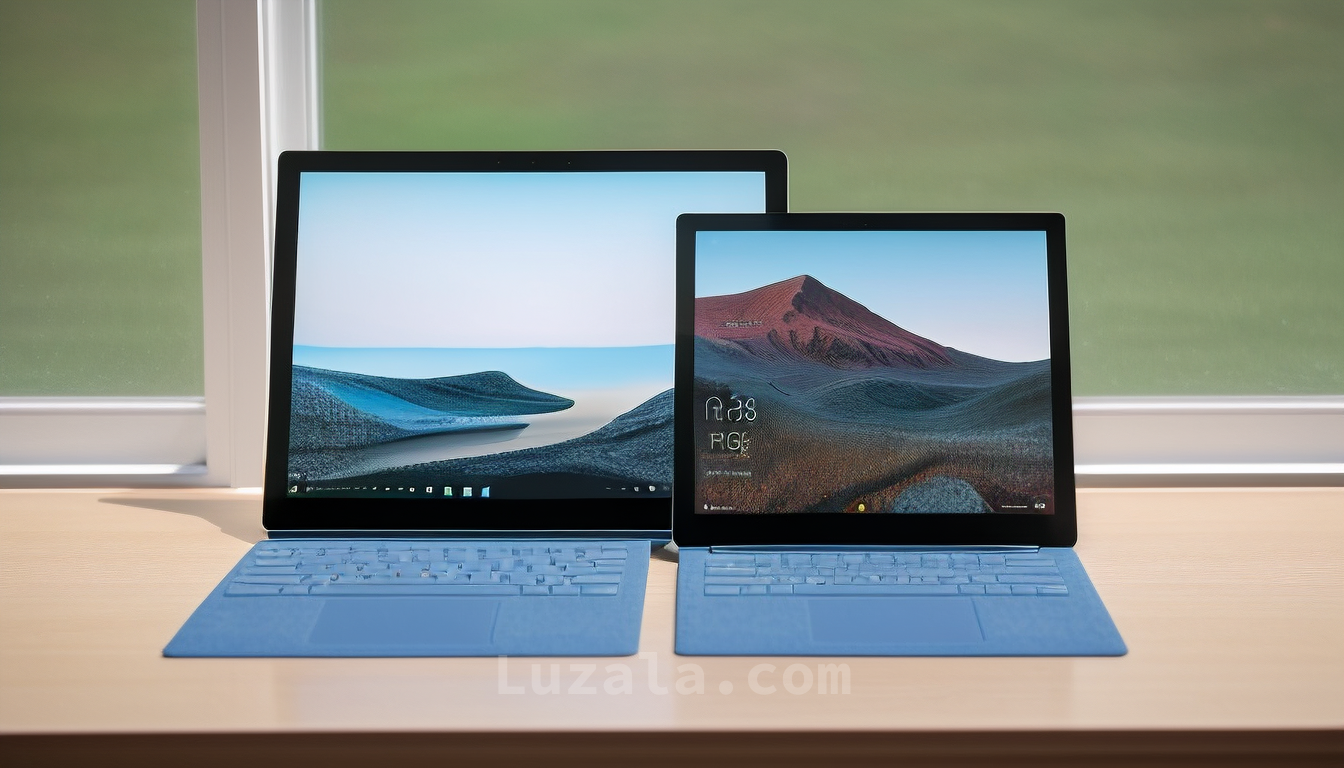

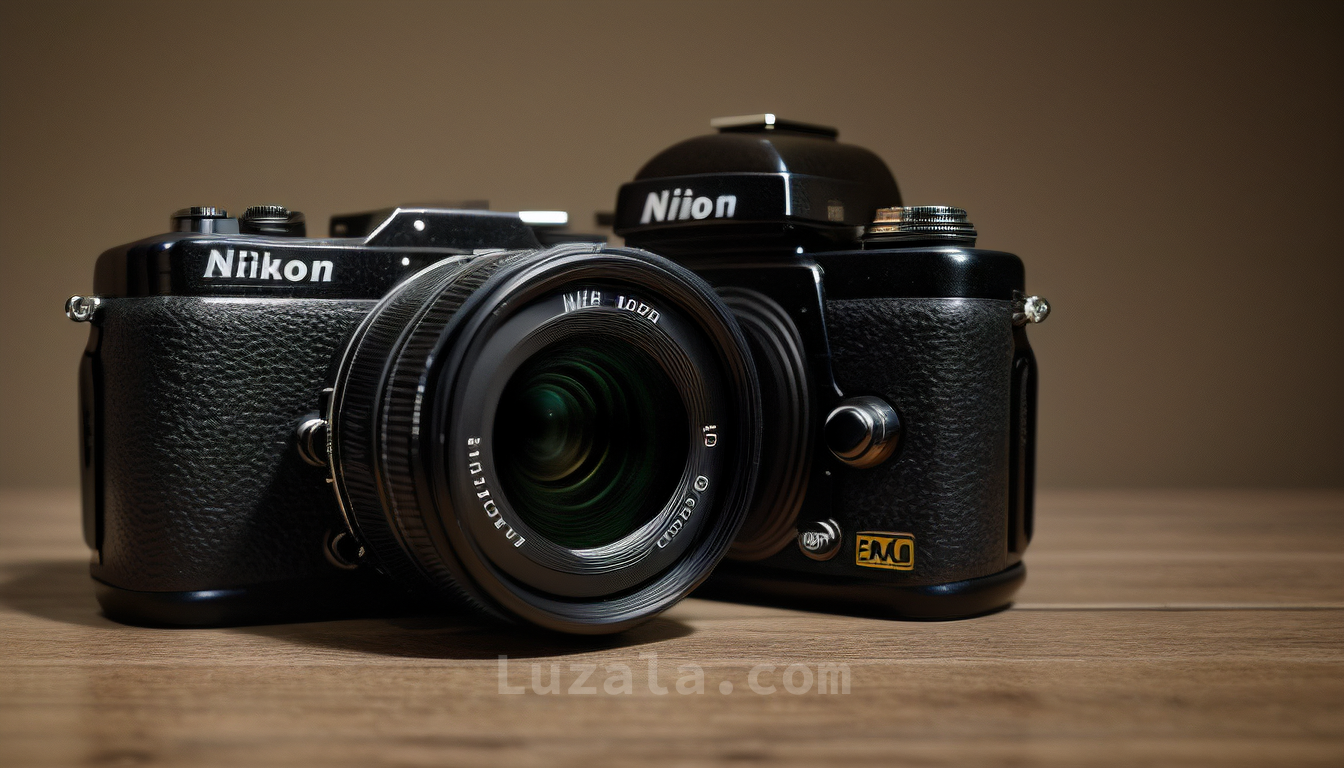

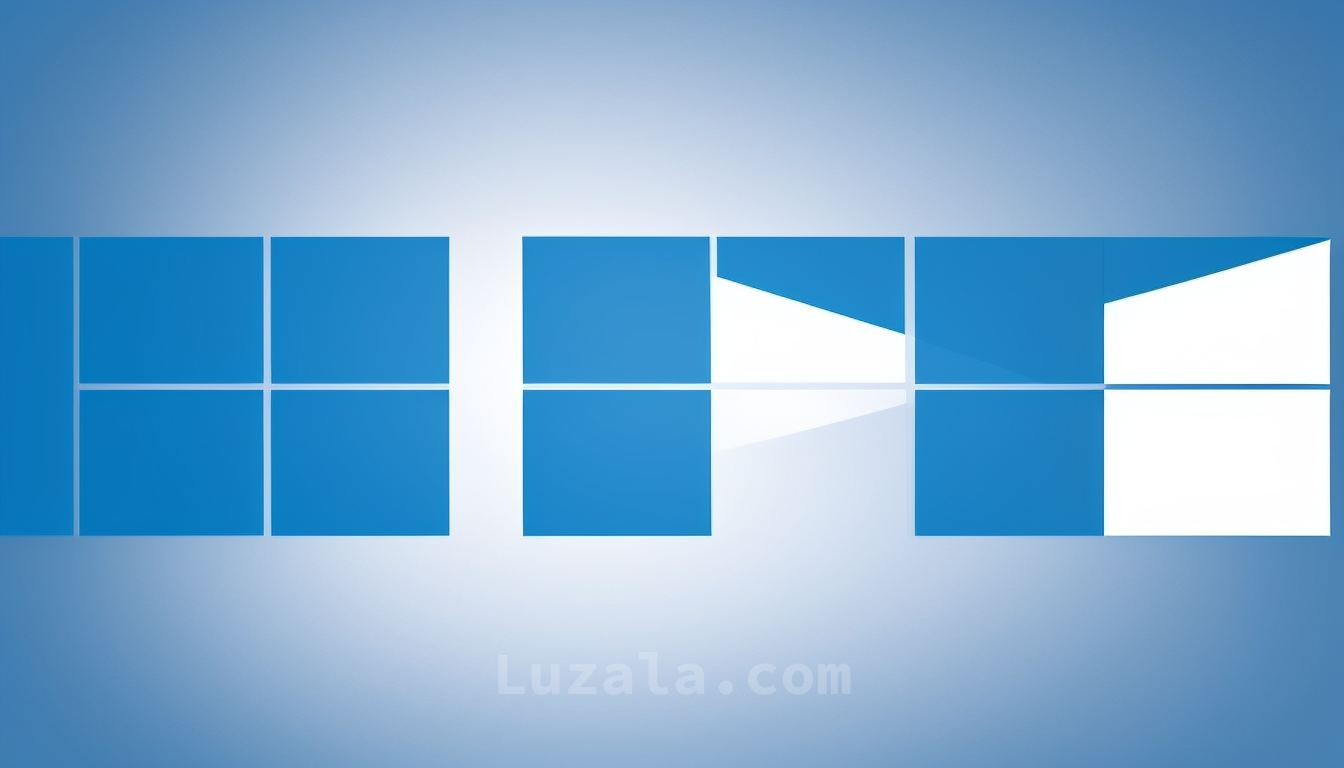
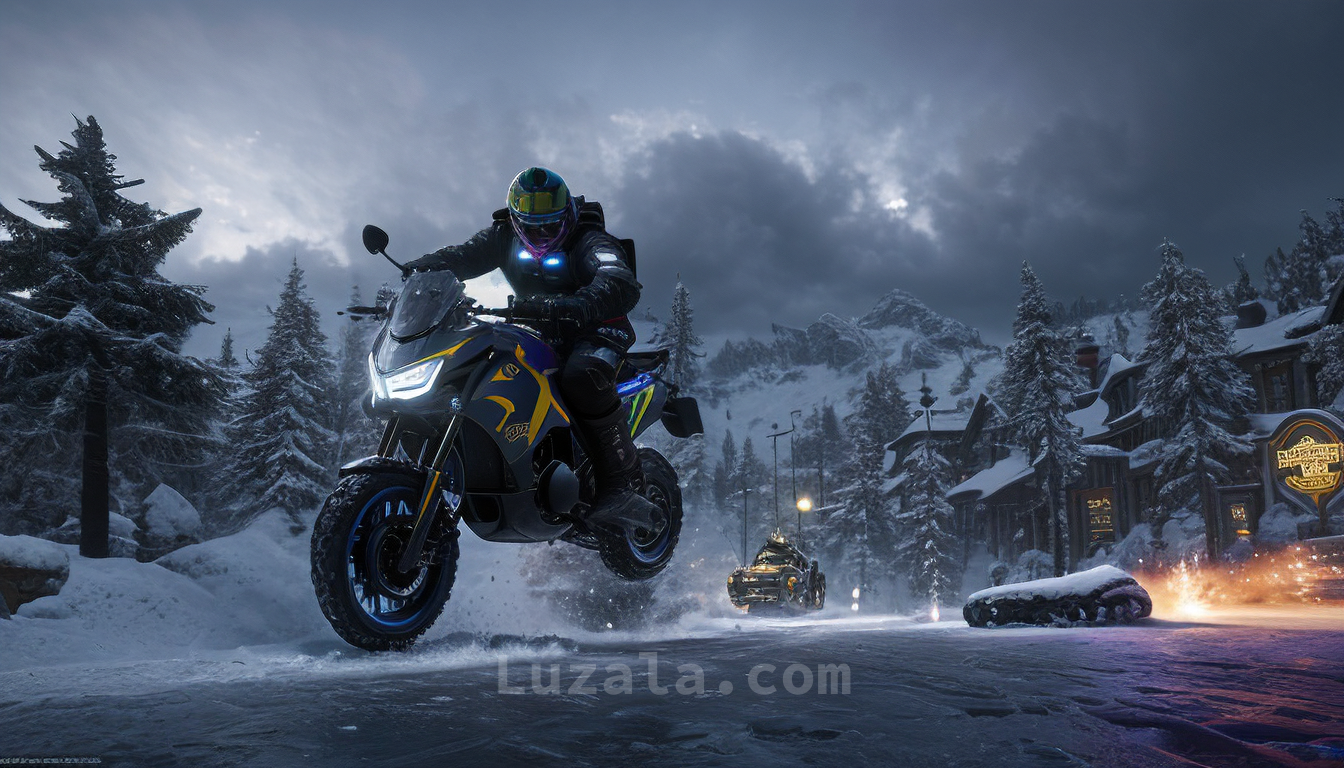





Comments